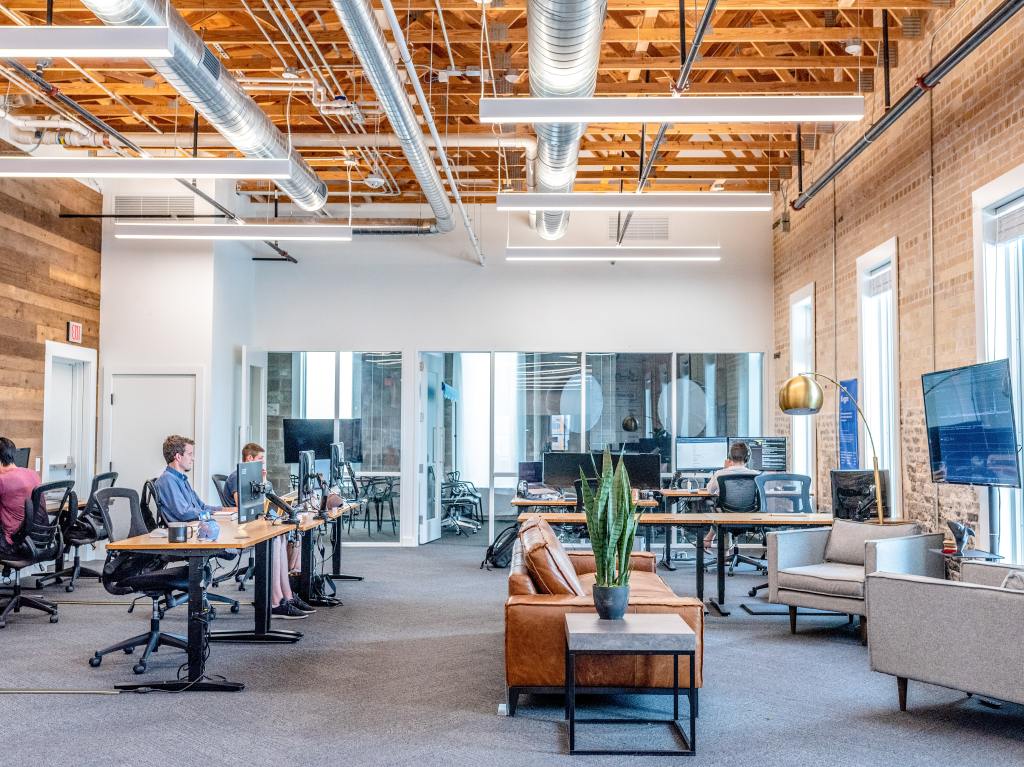
Drawing on nearly five decades of technology leadership experience, Charles David Snyder of Cleveland has maintained senior positions as chairman and CEO of LongReach Advisors since 2015. A former CEO of Realogic in Cleveland, Ohio, Charles David Snyder is also experienced in cloud computing, IT management, and cross-functional team leadership.
A cross-functional team comprises people who have varied skill sets but are working together in pursuit of the same objective. It frequently includes employees from multiple departments and levels inside an organization. However, it can also include members from external entities.
According to Harvard Business Review research, 75 percent of cross-functional teams are dysfunctional because they fail to achieve at least three of the crucial criteria for teams. These include conforming to specifications, proper time management, achieving customer expectations, and is aligned with the company’s goals.
A list of six recommendations for forming an efficient cross-functional team was released by MindTools, a platform for on-demand management and career training. All cross-functional teams must be focused on particular objectives, communicate effectively, have an acceptable leadership style, and be made up of capable team members who are selected based on the requirements of their assigned duties. To keep on track, members of a cross-functional team must also be prepared to trade resources equitably and establish common ground.








